nader - Sep 23, 2014 5:56 pm - Voted 10/10
This is amazingWhat a difference!
kamran - Sep 23, 2014 11:53 pm - Hasn't voted
Re: This is amazingYes, it is really amazing. Since 2011 we have had 3 years of drought. A rainy season is badly needed in California.
Matt Lemke - Sep 24, 2014 12:40 am - Voted 10/10
A new camera...was purchased between 2011 and 2014 ;)
Excellent article!
kamran - Sep 24, 2014 9:33 am - Hasn't voted
Re: A new camera...Thank you Matt.
I actually did purchase a new camera!:)
JRB - Oct 12, 2014 7:24 am - Voted 10/10
The trips can be so different from year to yearWe experienced the same situation on the High Divide on the Olympic Pennisula in both 2009 and 2012. Completely different conditions from dry alpine ridge to 4 feet of snow. Mother Nature makes things interesting. I enjoyed your article. Thanks
kamran - Oct 12, 2014 2:45 pm - Hasn't voted
Re: The trips can be so different from year to yearThanks for visiting this page.
You are absolutely right. However, we may see big differences from year to year when we compare the situations in the Spring or early Summer. It is unusual to see this much difference in late Summer (September) before new storms hit.
phydeux - Oct 25, 2014 11:08 am - Hasn't voted
Nice comparsonGreat shots. It'd be interesting if someone had some shots from fall 2005; the 2004-2005 winter produced about 2.5X the normal rainfall/snowfall, and much of the Sierra Nevada was socked in for much of the summer. Telescope Peak (Death Valley) still had snow on it in fall 2005(!). Yosemite Valley - had a co-weisititfor th first time recently, and they were bummed the falls didn't have any water!
kamran - Oct 25, 2014 1:55 pm - Hasn't voted
Re: Nice comparsonThanks for your comments.
You are right. The precipitation in 2004-2005 was high, but it was mostly in southern Sierra Nevada range. In the northern part including Yosemite national park it was not as much.
SkiOrClimb - Nov 3, 2014 4:03 pm - Hasn't voted
Cool PostA couple things:
1. Quibbling with your superlative use. 2011 was not the wettest year on record. 82-83 was by far the biggest year for snow-water content (e.g. "the wettest") in the Central-Northern Sierra. 2011 wasn't even the biggest year in terms of measured snowfall. See: http://www.thestormking.com/Weather/Sierra_Snowfall/sierra_snowfall.html It was only the fifth biggest in terms of snow on the ground at once. Where it was biggest, was in terms of snow on the ground in mid-June and other points later in the year--the most since Central/Southern Pacific started keeping track at Norden in 1868. That's because it was a huge year, and then stayed snowy and cold way longer into the spring than usual.
2. It'd be interesting to see a comparison between 2014 (or better, 2013 because it stopped snowing sooner last year) and an "average" year--if such a thing exists in CA.
Thanks for throwing up the photo comparison. I was up in that area in late May/early June and skied North Peak on May 31. Fun times.
kamran - Nov 4, 2014 5:22 am - Hasn't voted
Re: Cool PostThanks for the explanation and for the link.
please take a look at the following link:
http://www.iceagenow.com/Squaw_Valley-Most_snow_in_recorded_history.htm
I think I know the source of the discrepancies. When I say 2011, I mean 2010/2011 snow season which starts on October 1, 2010 and ends on September 30, 2011. I think in the bar diagram in your link, 2011 starts on January 1 and ends on December 31, 2011.
SkiOrClimb - Nov 10, 2014 3:15 pm - Hasn't voted
Re: Cool PostSquaw's records only go back to 1958, if that. That was the year the resort opened. The accuracy of their measurement is dubious as well, given that ski resorts notoriously overstate their snowfall numbers for marketing purposes.
The Central Sierra Snow Lab, and the railroad before that, is the acknowledged keystone for historic data used by water managers and such. And, no, the bars in that graph are for the water year, which runs October 1-September 30--so it is actually a direct comparison.
Alex Wood - Nov 10, 2014 4:00 am - Hasn't voted
ThanksThanks for taking the time to put this together. Awesome photos from both years.
kamran - Nov 10, 2014 11:09 am - Hasn't voted
Re: ThanksThank you for visiting this page, and thank you for your comments.
ktnbs - Sep 20, 2015 4:43 pm - Hasn't voted
most coolto look at and compare
kamran - Sep 20, 2015 5:17 pm - Hasn't voted
Re: most coolThanks for your comment.
MoapaPk - Oct 2, 2015 4:38 pm - Hasn't voted
2011 and 2015I was there in Sept both years. The retreat of the Conness Glacier is sobering.
kamran - Oct 2, 2015 8:15 pm - Hasn't voted
Re: 2011 and 2015Yes, and it is really sad.


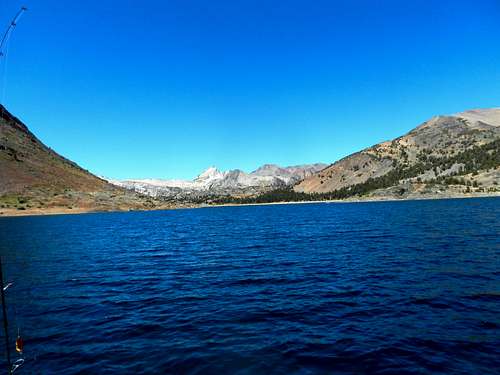

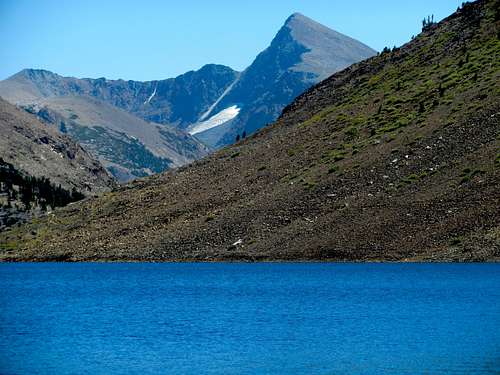


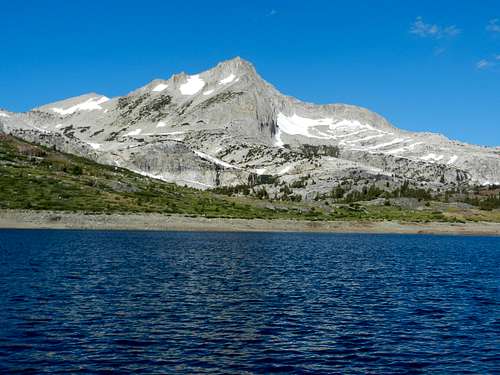
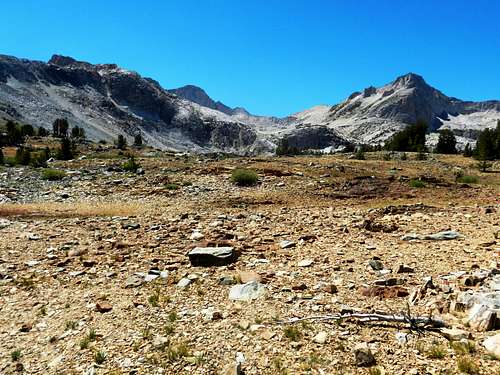
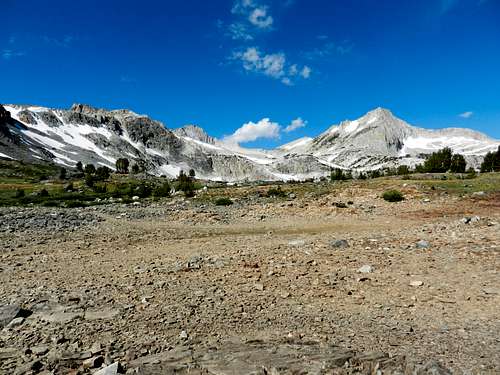
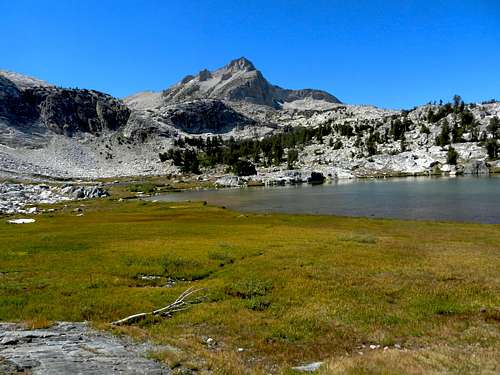
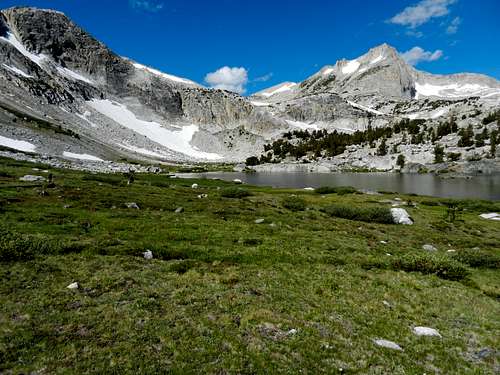
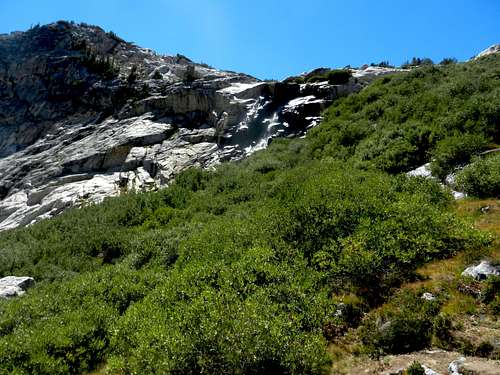

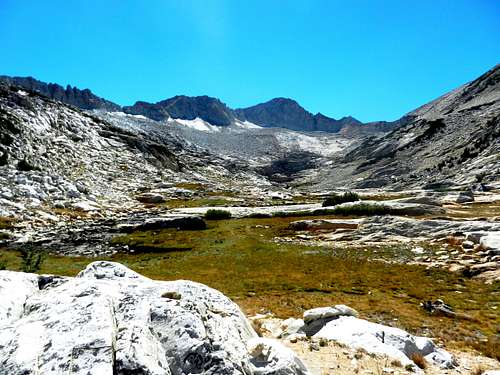
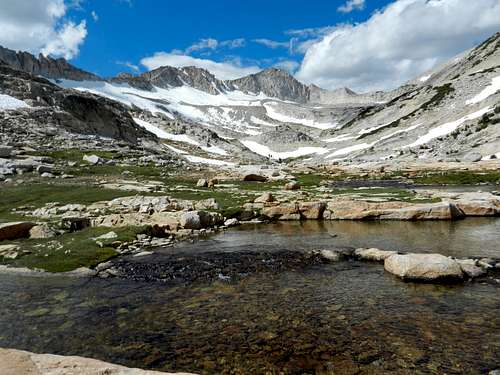
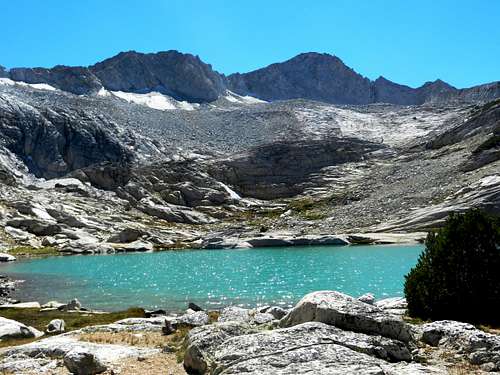
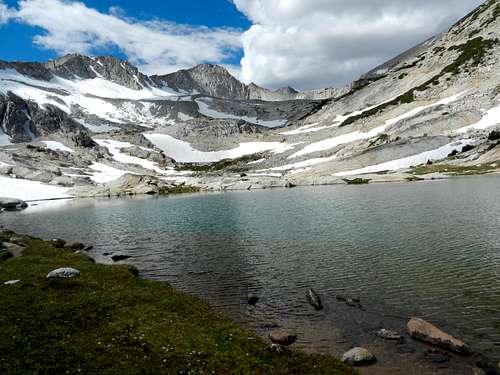
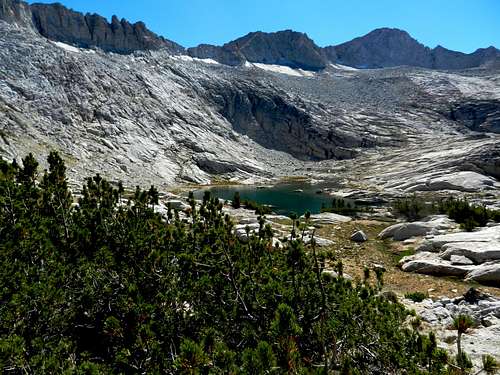
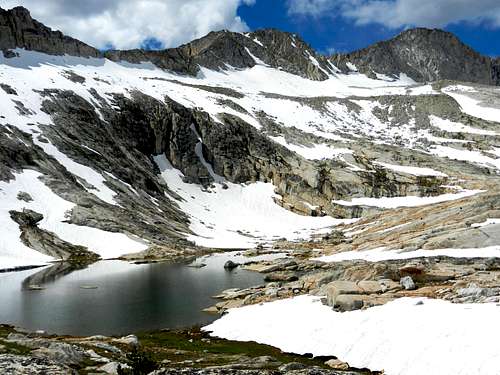
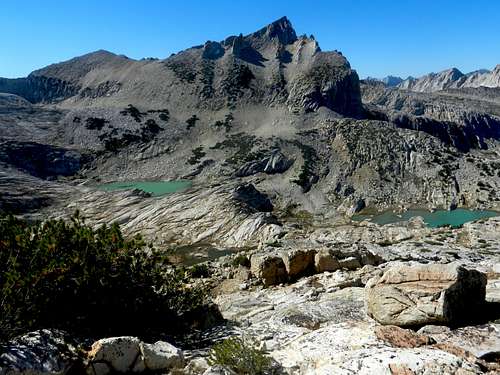
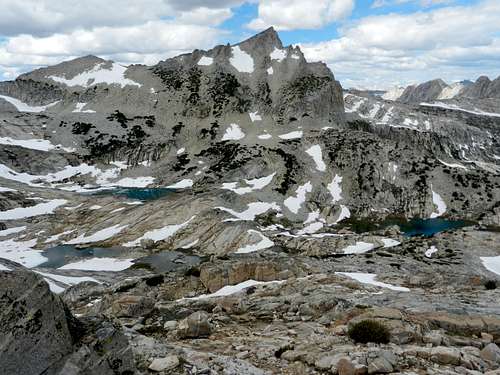
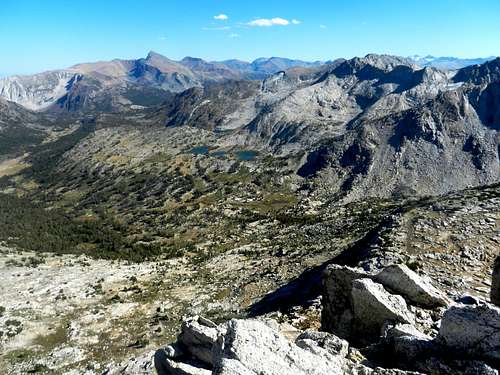
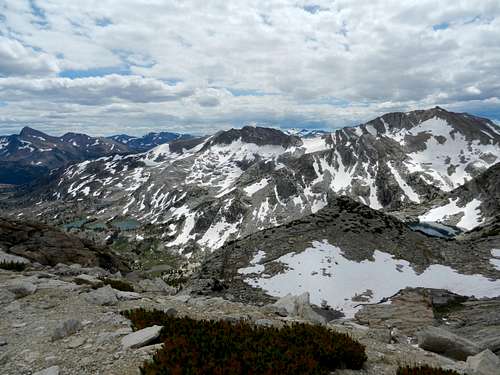
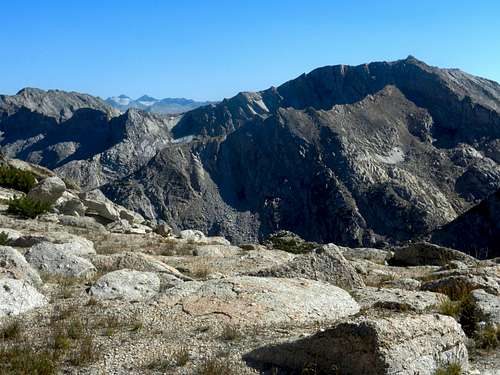
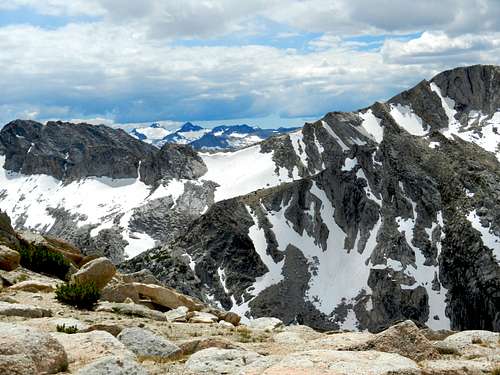
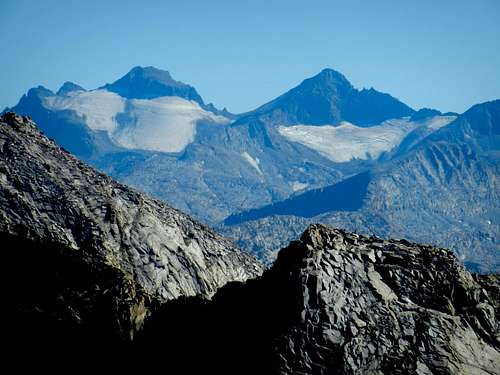








Comments
Post a Comment